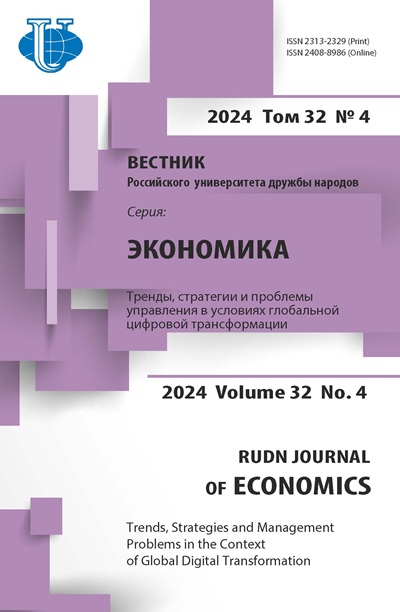Abstract
The study deals with theoretical and practical aspects of Azerbaijan’s participation in regional integration processes. The historical excursus of formation of international cooperation of Azerbaijan with the countries of CIS region and key economic partners in the world is considered. Azerbaijan’s economic interaction with the EAEU countries and possible potential of its development are analyzed. Based on the data of the State Statistical Committee of the Republic of Azerbaijan, we have calculated the key indicators of Azerbaijan’s foreign trade with regional economic integration groupings and proposed their hierarchy. The study substantiates that there is a significant economic and socio-humanitarian potential of Azerbaijan’s attraction to the EAEU grouping. The possibilities of Azerbaijan’s integration interaction with the EAEU are objective in nature and are primarily related to its transport and geographical location, as well as to its production capabilities and the interaction of commodity markets. So far, the integration potential has not been fully realized, but there is a clear trend towards the rapprochement of Azerbaijan with the EAEU countries. Acceleration and deepening of the use of integration potential will depend on many factors, but first of all on geopolitical and socio-economic factors. The most realistic option for Azerbaijan’s integration into the EAEU grouping is the scenario of granting the country the status of an associate member followed by a deeper degree of economic integration.















